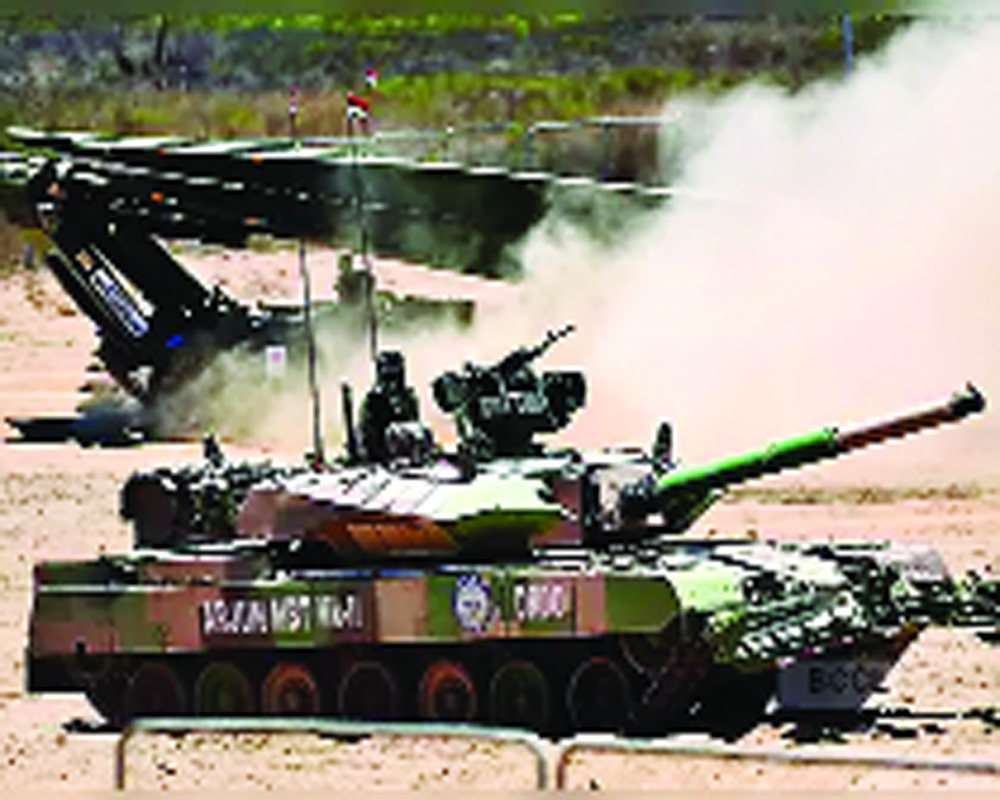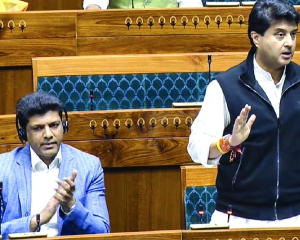The ‘Year of Transformation’ can give necessary momentum for defence manufacturing and innovation
India’s defence landscape is set to undergo a transformative shift in 2025, as the Ministry of Defence (MoD) embarks on an ambitious overhaul aimed at modernising procurement processes, expanding indigenous manufacturing capabilities and boosting research and development (R&D). The year has been declared as the ‘Year of Transformation,’ with Defence Minister Rajnath Singh and other top officials outlining a vision to address long-standing challenges while positioning the country for greater self-reliance and competitiveness in defence. One of the key focus areas for the government is to revamp the Defence Acquisition Procedures (DAP). These procedures, which have been criticised for their complexity and inefficiency, are set to be replaced with a more streamlined, lighter, and faster version. The aim is to cut down delays in procurement timelines and eliminate bureaucratic hurdles that have long impeded defence modernisation. The new framework will not only make the system more efficient but will also create a level playing field for both established players and newcomers in the defence sector. In addition to reforming procurement, the government has placed a strong emphasis on boosting indigenous manufacturing and R&D.
While India is the world’s fifth-largest manufacturing economy, its defence manufacturing capacity remains relatively small in comparison to its overall economic standing. To address this gap, the government plans to allocate more resources to defence R&D, with the Defence Research and Development Organisation (DRDO) targeting an increase in R&D spending from 5 per cent to 15 per cent of the defence budget in the coming years. One area that has garnered particular attention is the development of aero engines. India has faced challenges in developing these critical technologies domestically, and the government has signaled that joint ventures with foreign Original Equipment Manufacturers (OEMs) will be essential for progress. With significant investments required—potentially as high as Rs 50,000 crore—the government is determined to make the necessary commitments to build the infrastructure and expertise required for successful co-development of aero engines and related technologies. Another significant initiative is the creation of a more competitive defence industry ecosystem. Currently, India’s defence sector is largely dominated by Public Sector Undertakings. The government aims to level the playing field by encouraging the participation of startups and Micro, Small and Medium Enterprises through policy changes. Despite these ambitious plans, India’s defence ecosystem still faces several challenges. One of the most significant hurdles is the relatively small manufacturing base in sectors like aerospace, where India’s ability to scale production and develop cutting-edge technologies has been limited. Besides,archaic policies, delays in preparing Requests for Proposals and overly complicated procedures have often led to extended timelines. This must change if defence sector is to become competitive and innovative.



























